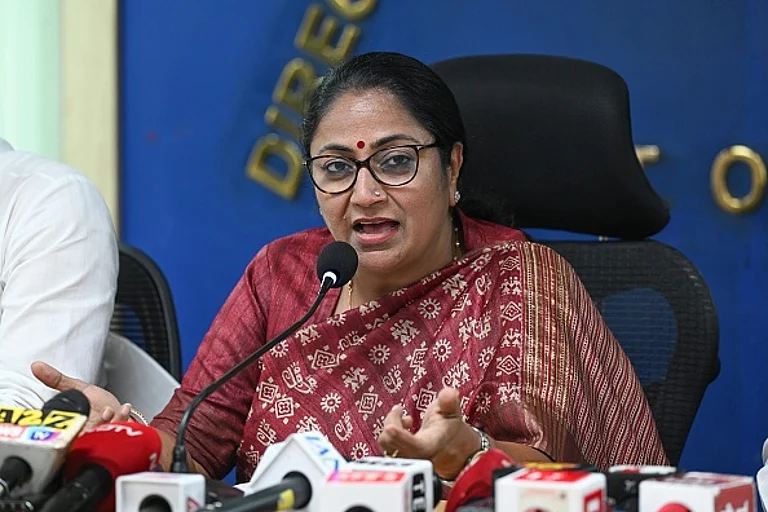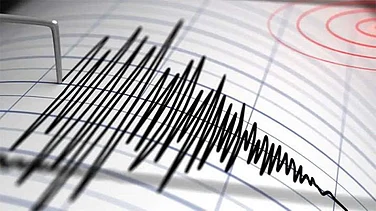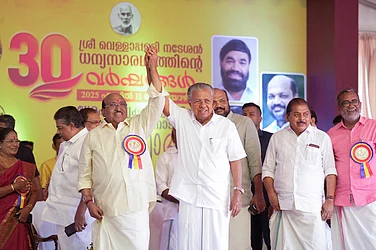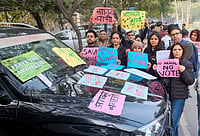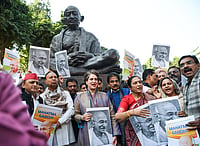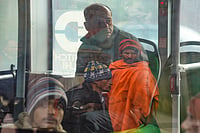Across Delhi, a spate of demolitions is underway.
From the “cleanliness drive” launched by Chief Minister Rekha Gupta—which has razed stalls and livelihoods without warning—to the demolition of nearly 350 tenements in Govindpuri’s five-acre Bhoomiheen Camp, to demolition notices sent to densely populated areas like Batla House following Supreme Court orders.
This rapid transformation of the capital’s landscape comes after the Bharatiya Janata Party (BJP) formed the government earlier this year. Last month, 200 slum structures surrounding the railway line in Delhi's Ashok Vihar were razed by the Delhi Development Authority. The residents were allotted alternate homes, however reportedly, many were left out.
According to the National Association of Street Vendors of India, Delhi has over 200,000 street vendors. Since April 28, around 20,000 have been evicted as part of the authorities’ cleanliness mission.
Bulldozers have arrived even as the opposition Aam Aadmi Party accuses the BJP of reneging on its ‘Jahan Jhuggi Wahan Makan’ promises.
"BJP’s bulldozer started running in Bhoomiheen Camp from 5 a.m. Rekha Gupta—you said three days ago that not a single slum would be demolished. Then why are bulldozers operating here?" former Delhi Chief Minister Atishi Singh questioned.
While the Chief Minister cites court orders, maintaining that authorities cannot defy demolition directives, residents scramble to salvage whatever they can. Speaking about demolition drive conducted at Madrasi Camp, Gupta said, “The truth about the demolition of Madrasi Camp is that it was set up on the banks of the Barapullah drain. The court had ordered the removal of this slum four times so that machines could be deployed to clean the drain. Otherwise, 2023-like floods would be seen again in Delhi,” ANI reported.
Bulldozers razing homes has become all too common in the country, with some states imparting ‘bulldozer justice.’
On November 13, 2024, the Supreme Court criticized state governments that take it upon themselves to act as judges by sending bulldozers to demolish the homes of accused persons awaiting trial.
The court described such actions as a blatant show of “might is right,” carried out without considering the plight of families left homeless and destitute overnight.
“The disturbing image of a bulldozer tearing down a building, especially when authorities have ignored basic principles of natural justice and failed to follow due process, brings to mind a state of lawlessness where force prevails over fairness,” remarked a Bench comprising Justices B.R. Gavai and K.V. Viswanathan.
In Outlook Magazine’s 30 January 2023 issue titled, ‘Eviction, Erasure, Exclusion, Omar Rashid writes about Sunil Yadav.
“Jab kisi ka ghar tootataa hai, dil pe kya beetati hai aapko pata hoga,” Yadav said.
In ‘Eviction & Dispossession: Keeping The Poor On Tenterhooks’, Rashid states, “Yadav stayed in a tent pitched by the road near the site only to be evicted from there as well. Since the idea of moving to a faraway shelter home, a minor consolation offered by the court, did not make sense for both his livelihood and his family, he was eventually forced to share a room on rent near Nizamuddin.”
In ‘Slums Of Despair': Delhi Developing On The Rubble Of Bulldozed Homes And Dreams’, Rakhi Bose writes, “According to a 2022 report by the Housing and Land Rights Network (HLRN), both central and state government authorities across India were responsible for demolishing 36,480 homes in 2021 alone, leaving nearly 2 lakh people homeless. At least, 1,123 homes were demolished in Delhi in 2021, affecting over 5,000 people.”
In the 16 May,2022 issue ‘Demolition Row’, Haima Deshpande writes, ‘Bulldozers In Mumbai: The Capital Of Crushed Dreams.’
"While the children of the basti huddled under plastic covers seeking refuge from the driving rain, the adults had gone in search of “safe” places to pitch hutments. Since that rainy day, the Katkaris like numerous others, faced the civic body’s demolition squad on numerous occasions. “We lost our livelihoods, our money, our food, our Aadhaar cards—everything. Now we pay money to a local dada who protects us from the bulldozers,” said Manjula.
Colin Gonsalves explains the legal system behind the demolitions in Courts Backing The Executive On Demolitions Is More Painful.
“Article 21 includes the right to housing. The right to life does not mean mere animal existence, but a meaningful life with dignity. Secondly, it is the State’s duty to use the land and resources under its jurisdiction to create houses for the poor, with special emphasis on Dalits and tribals. No government after independence has ever used its resources to build housing for the poor, which is why the poor who migrate to the cities stay in slums.”
In Panic Grips Batla House Residents As Fresh Eviction Notices Appear On Doors, Ainnie Arif writes, "Last week, people in Khasra Number 277, woke up to demolition warnings and red crosses marking their doors, stating that the colony land belonged to the Irrigation Department of the Government of Uttar Pradesh. The two colonies are only just separated by a narrow lane."
As the rubble piles up, so do the unanswered questions about justice, human dignity, and the right to call a place home.










